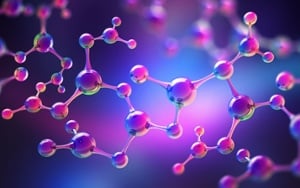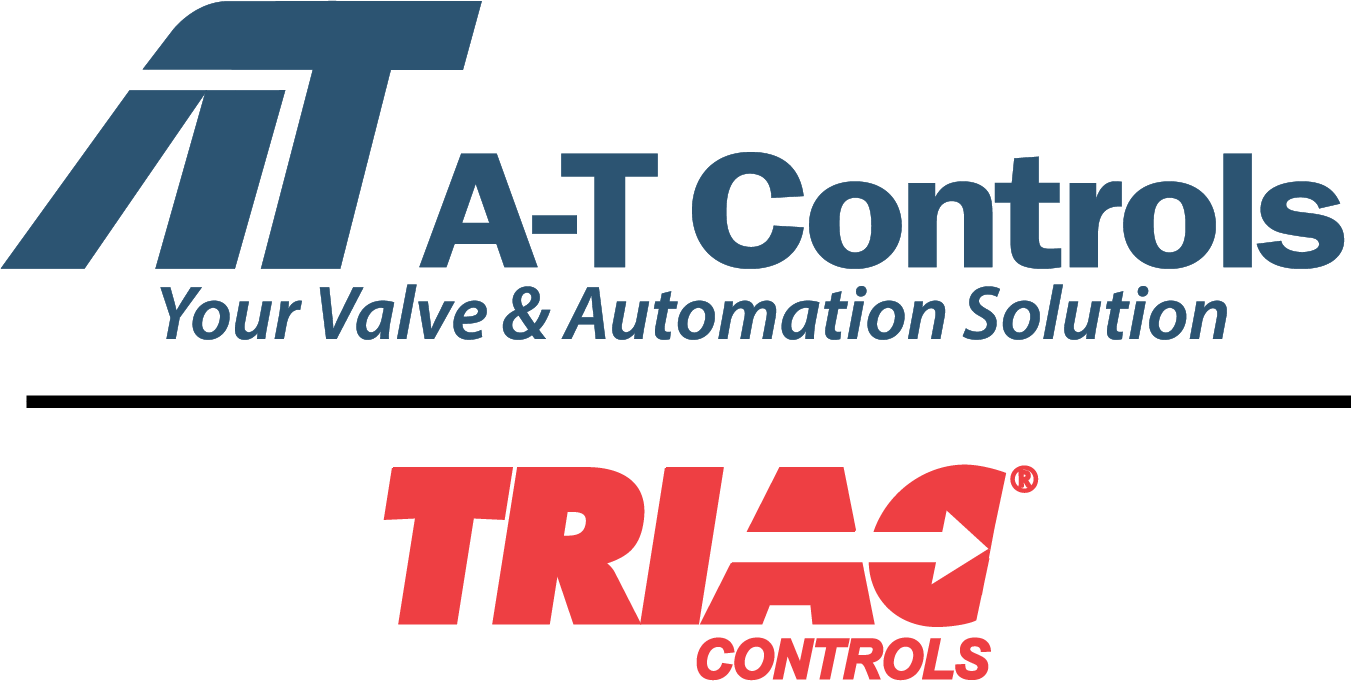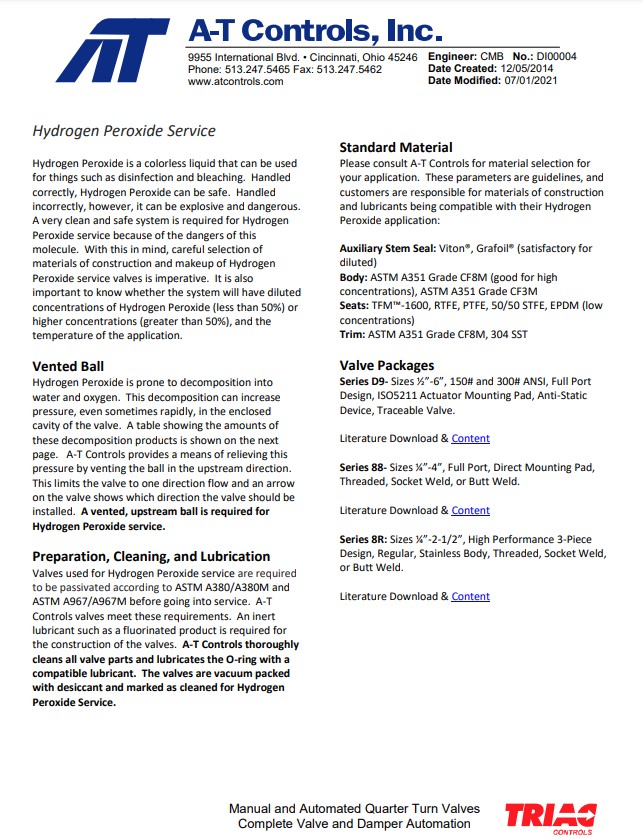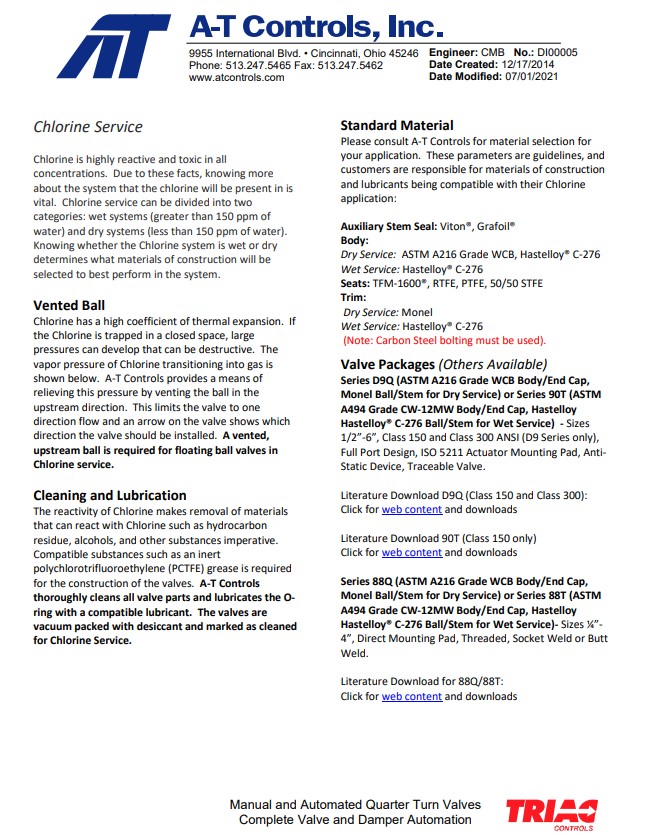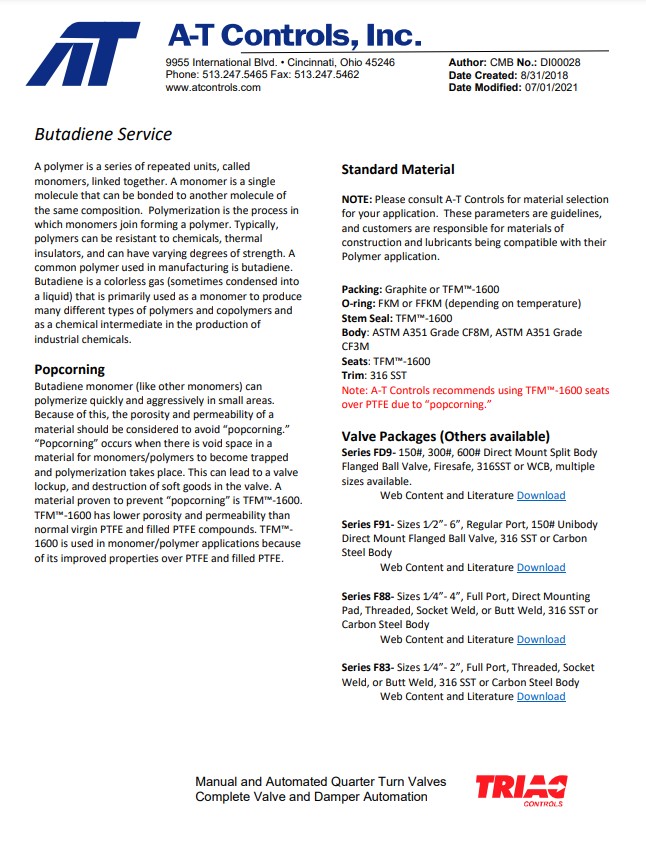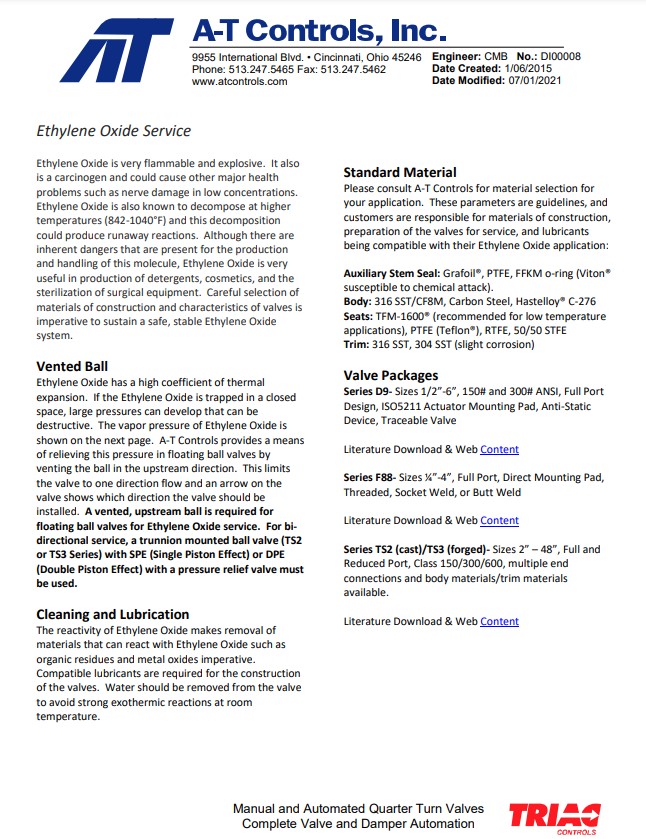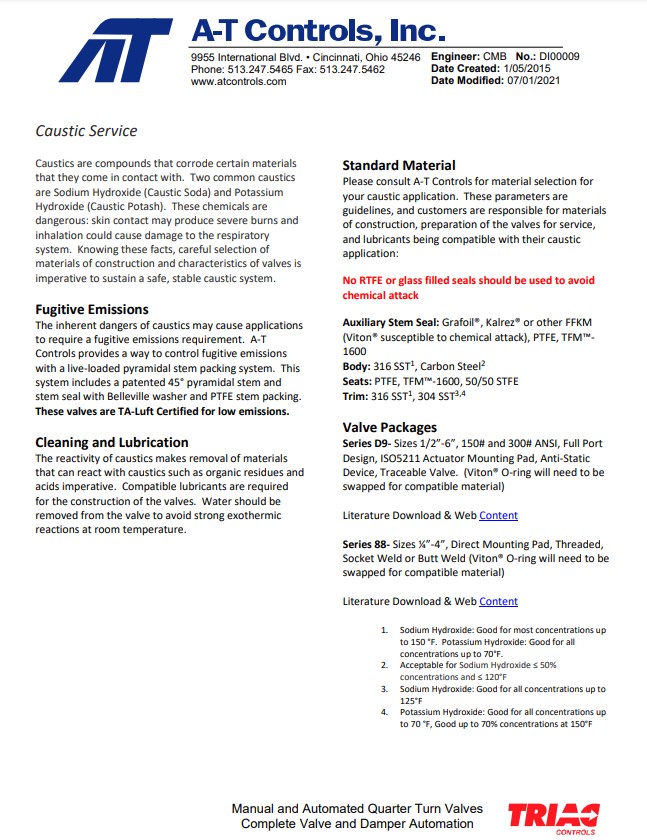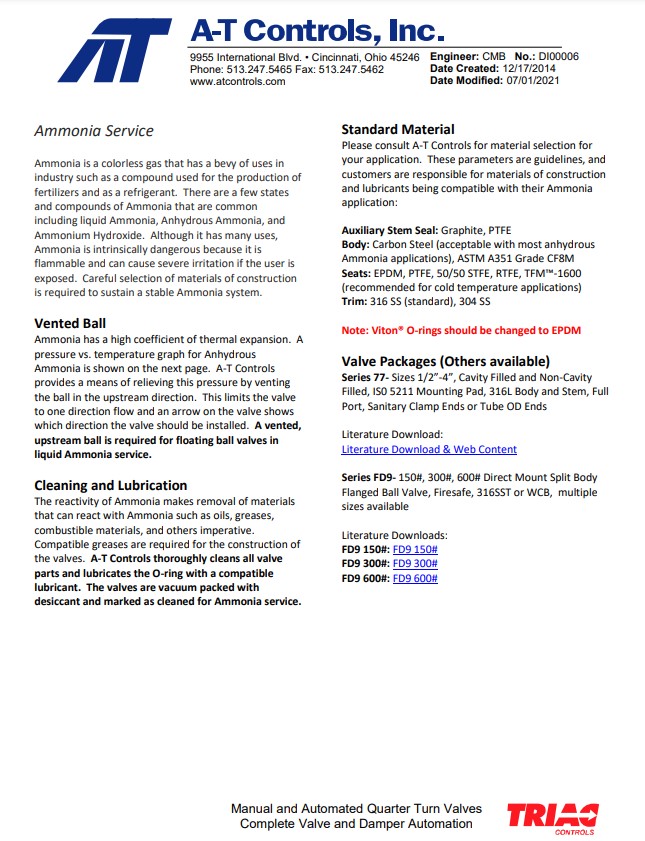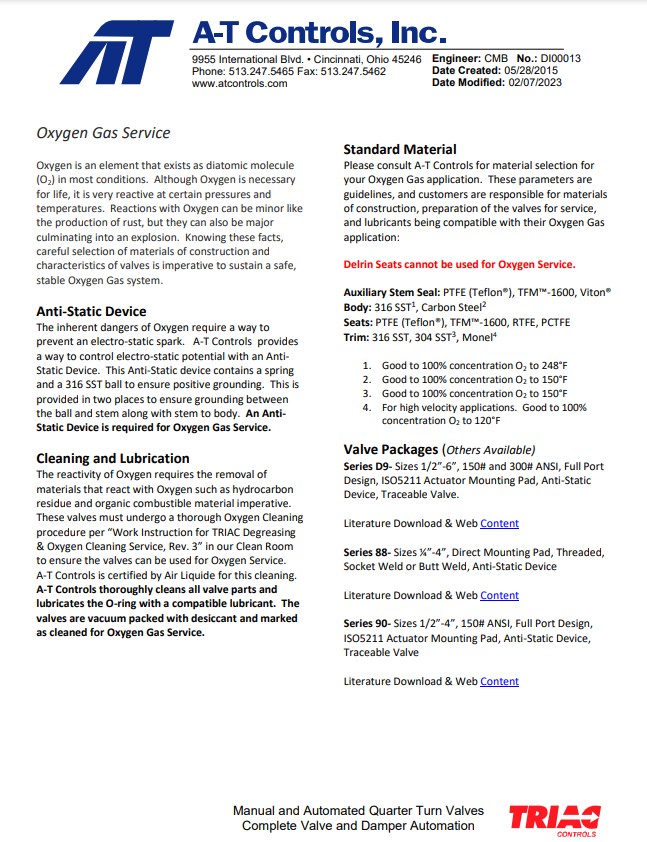Chemical Services for Chemical Processing
________________________________________________________________________________________________________________________
Ammonia Service
Ammonia is a colorless gas that has a bevy of uses in industry such as a compound used for the production of fertilizers and as a refrigerant. There are a few states and compounds of Ammonia that are common including liquid Ammonia, Anhydrous Ammonia, and Ammonium Hydroxide. Although it has many uses, Ammonia is intrinsically dangerous because it is flammable and can cause severe irritation if the user is exposed. Careful selection of materials of construction is required to sustain a stable Ammonia system.
Butadiene Service
A polymer is a series of repeated units, called monomers, linked together. A monomer is a single molecule that can be bonded to another molecule of the same composition. Polymerization is the process in which monomers join forming a polymer. Typically, polymers can be resistant to chemicals, thermal insulators, and can have varying degrees of strength. A common polymer used in manufacturing is butadiene. Butadiene is a colorless gas (sometimes condensed into a liquid) that is primarily used as a monomer to produce many different types of polymers and copolymers and as a chemical intermediate in the production of industrial chemicals.
Caustic Service
Caustics are compounds that corrode certain materials that they come in contact with. Two common caustics are Sodium Hydroxide (Caustic Soda) and Potassium Hydroxide (Caustic Potash). These chemicals are dangerous: skin contact may produce severe burns and inhalation could cause damage to the respiratory system. Knowing these facts, careful selection of materials of construction and characteristics of valves is imperative to sustain a safe, stable caustic system.
Chlorine Service
Chlorine is highly reactive and toxic in all concentrations. Due to these facts, knowing more about the system that the chlorine will be present in is vital. Chlorine service can be divided into two categories: wet systems (greater than 150 ppm of water) and dry systems (less than 150 ppm of water). Knowing whether the Chlorine system is wet or dry determines what materials of construction will be selected to best perform in the system.
Ethylene Oxide Service
Ethylene Oxide is very flammable and explosive. It also is a carcinogen and could cause other major health problems such as nerve damage in low concentrations. Ethylene Oxide is also known to decompose at higher temperatures (842-1040°F) and this decomposition could produce runaway reactions. Although there are inherent dangers that are present for the production and handling of this molecule, Ethylene Oxide is very useful in production of detergents, cosmetics, and the sterilization of surgical equipment. Careful selection of materials of construction and characteristics of valves is imperative to sustain a safe, stable Ethylene Oxide system.
Hydrogen Peroxide Service
Hydrogen Peroxide is a colorless liquid that can be used for things such as disinfection and bleaching. Handled correctly, Hydrogen Peroxide can be safe. Handled incorrectly, however, it can be explosive and dangerous. A very clean and safe system is required for Hydrogen Peroxide service because of the dangers of this molecule. With this in mind, careful selection of materials of construction and makeup of Hydrogen Peroxide service valves is imperative. It is also important to know whether the system will have diluted concentrations of Hydrogen Peroxide (less than 50%) or higher concentrations (greater than 50%), and the temperature of the application.
Oxygen Gas Service
Oxygen is an element that exists as diatomic molecule (O2) in most conditions. Although Oxygen is necessary for life, it is very reactive at certain pressures and temperatures. Reactions with Oxygen can be minor like the production of rust, but they can also be major culminating into an explosion. Knowing these facts, careful selection of materials of construction and characteristics of valves is imperative to sustain a safe, stable Oxygen Gas system.
